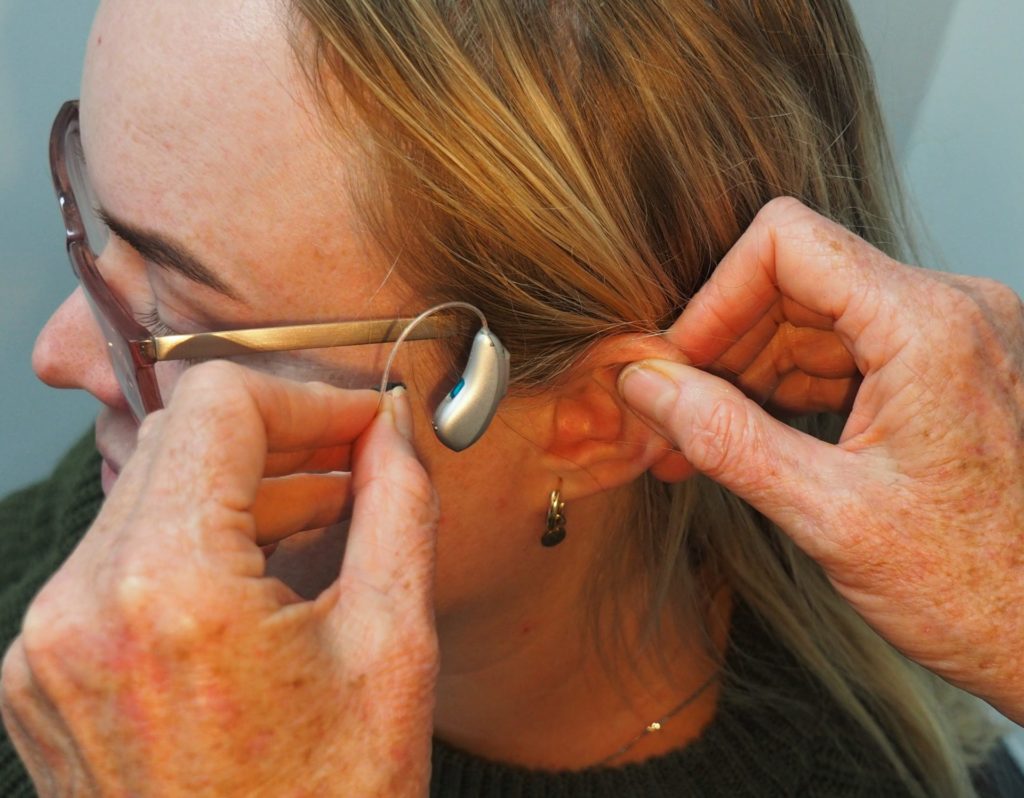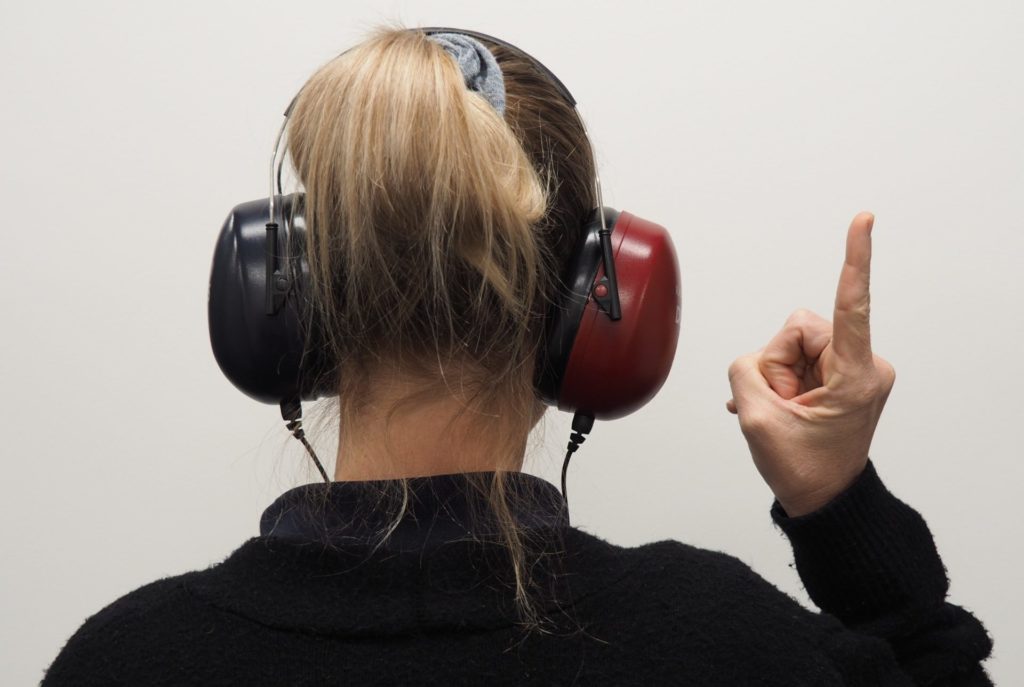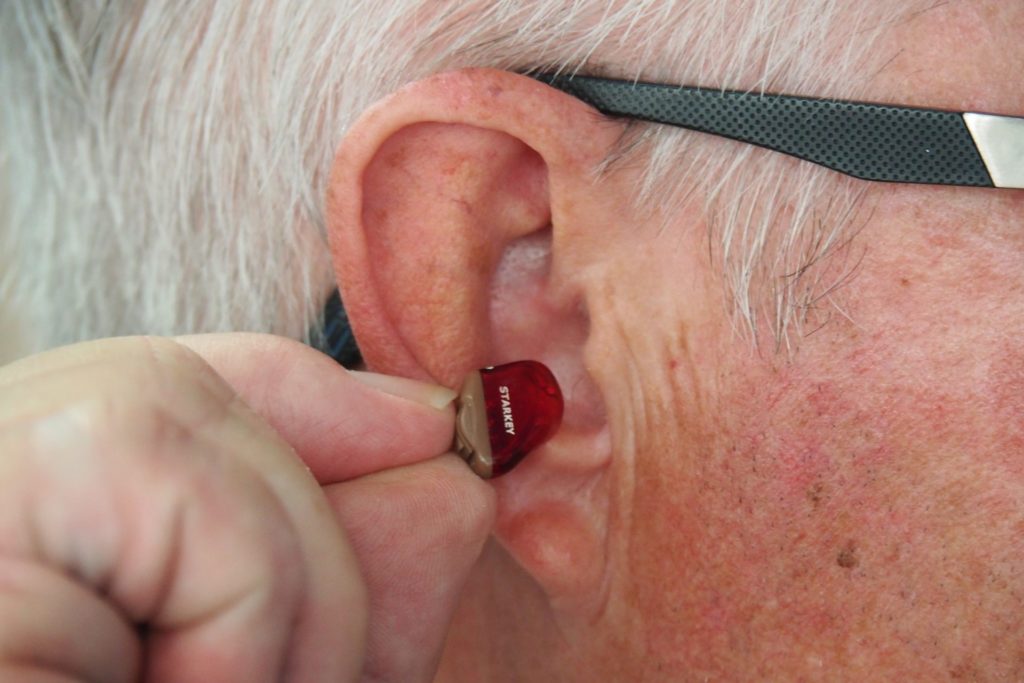Ears are extremely complex and important, and we often take our hearing for granted. Hearing loss and poor ear health can affect both children and adults, and knowing how to best care for your ears and noticing the first signs of infection are important in maintaining healthy ears and preventing hearing loss.
Tips for healthy ears
Ear infections are very common in both adults and children, and it’s often the case that those who experience ear infections are likely to have recurrent episodes of infection. Taking care of your ears and adopting safe and healthy methods of ear care is the best way to prevent infection of the ear, which helps maintain your overall ear health and hearing ability.
Preventing ear infection
Ear infections are commonly found outside the eardrum (outer ear infection) or within the eardrum (inner ear infection, or inside the ear), and the location and cause of the infection will determine the method of treatment.
Despite ear infections being common, there are simple ways to prevent ear infections and maintain healthy ears.
Using earplugs when swimming
If you’re a keen swimmer, you’re likely no stranger to swimmer’s ear, otherwise known as otitis externa. Otitis externa is a bacterial infection that occurs when the water has lingered in the outer ear canal for a long period of time, which has created an ideal environment for bacterial growth.
Using mouldable earplugs for your swimming sessions is a great way to avoid water from entering the ear. If using earplugs aren’t an option for you, ensuring your ears are clean and dry is the next best option.
To ensure your ears are clean and dry after your swimming session, pull the ear lobe in different directions to encourage water to drain out of the ear canal. Moving the head back and forth will also encourage the water to leave the ear. Be sure to dry the outside of the ear gently with a towel, but do not insert the towel into the ear.
Ear hygiene is especially important when swimming in natural water, such as ponds and lakes. Where possible, rinse the ear with sterile water or bottled water after swimming in these conditions and continue to ensure thorough drainage of the water and to dry thoroughly.

Avoid body and hair wash entering the ear canal
Similarly to the point above, hair and body wash products can cause irritation and lead to high levels of moisture within the ear. Should shampoo, conditioner or body wash enter the ear canal, rinse your ear thoroughly and follow the steps on draining and drying your ears above.
Refrain from putting instruments in your ear
Sometimes an itchy, wax-filled ear is just screaming for an earbud to gouge and scratch away, but this is both counterproductive and extremely dangerous for the health of your ears.
Never put anything in your ear to clean your ears. It’s common for people to use cotton wool sticks or “earbuds” in the ear to clean and relieve the ears, but this will only push the ear wax deeper into the ear, leading to compaction of the wax which can cause pain, discomfort and even hearing loss.
Foreign objects include tools such as pens, keys, hairpins and even your fingers. These objects are often unsanitary and can lead to perforation of the eardrum, infection and hearing loss.
Rather than risking your hearing and experiencing temporary relief (if that), it’s best that you see a professional audiologist.
Tim Husband is a fully qualified Clinical Ear Care Specialist at Hearing Therapy who provides a range of ear wax removal services including Endoscopic Wax Microsuction, Ear Irrigation and Manual Ear Wax Removal.
Hearing Therapy are currently offering in-clinic and at-home ear wax removal appointments across Sheffield and Barnsley, which can be booked online.
Keep earphones clean
In-ear earphones pick up earwax over time and it’s important to keep them clean to avoid the build-up of bacteria and dirt, which will inevitably enter the ear when using earphones.
Using isopropyl alcohol and a cotton bud or cotton round on the earphones’ bud regularly will help keep your earphones clean and help prevent unwanted bacteria or dirt from entering the ear. Be sure not to oversaturate the cotton bud or cotton round and to not spray or dip the earphone directly into the liquid; this can cause the earphones to break.
Treatments for ear infections
Antibiotics aren’t usually offered for infections inside the ear, as they often resolve themselves and make little difference to the level of discomfort or pain. In adults, if the infection doesn’t begin to resolve after 3 days, your GP may prescribe you antibiotics.
For outer ear infections, GP’s will likely prescribe you with:
- Antibiotic eardrops to treat bacterial infections.
- Steroid eardrops to reduce swelling
- Antifungal eardrops which treat fungal ear infections
- Oral antibiotics for severe outer ear infections
When using ear drops, it’s important to ensure you’re using them as directed as their effectiveness is directly related to the technique used. The NHS has some great information on ear infections, noticing the signs and how to use ear drops here.

Tips to prevent hearing loss
WHO (World Health Organisation) estimates that about 11 million people in the UK live with hearing loss, which is about 1 in 5 people. People who score 60% or higher on a word recognition test will be recognised as disabled. Hearing loss can happen at any age and it’s the second most common disability in the UK.
Preventing hearing loss
Repetitive ear infections or poor ear hygiene and care can often lead to hearing loss over time. However, there are times where permanent hearing loss is caused by a single event. Understanding hearing loss triggers and how to protect your ears is the best way to prevent permanent hearing loss.
Adopting the following safe listening habits into your life will help prevent permanent hearing loss and help you maintain a good range of hearing.
Using ear protection
Noisy environments are your eardrum’s worst nightmare, but using ear defenders or earmuffs to protect your ears will dramatically reduce the amount of potential damage caused. We recommend you use ear protection in the following situations:
- Concerts, gigs and live music – as a performer, employee or for leisure
- Construction sites
- Aircraft sites
- Factories and warehouses
- Road traffic
If you work in a noisy environment, it is your employer’s responsibility to provide you with adequate hearing protection. You can find out more information about that on HSE.gov.uk.
Using ear protection in these environments, as well as many other noisy environments will also help reduce the risk of tinnitus.
Keeping listening volume low
When watching television or listening to music, much like the above, it’s important to keep excess noise to a minimum. For televisions, you may find changing your sound settings may provide clearer sound without it needing to be louder, or using surround sound may also provide benefits.
Keeping personal listening devices low is important too. When using headphones and earphones, which emit sound directly into the ear canal, it’s important to keep the volume low. Those who prefer to use noise-cancelling headphones or earphones, be sure to take regular breaks as prolonged listening can lead to jaw pain, headaches, dizziness and ear pressure.
See an audiologist if you suspect hearing loss
If you notice yourself asking loved ones to repeat themselves or talk slower so you can understand them, or you’re raising the volume on the television and radio so you can hear it at a speaking level, then you need to book an appointment for a hearing test.
Hearing Therapy offer full hearing tests which can locate potential problems within the ear canal and eardrum, diagnose issues and begin developing a pathway to better hearing that is unique to you.

Different types of hearing aids
Hearing aids aren’t one size fits all, and in the last decade, they’ve become more advanced and more discrete.
In-the-ear and behind-the-ear hearing aids
In-the-ear (ITE) hearing aids and behind-the-ear (BTE) hearing aids are the most common fits for hearing aids.
ITE hearing aids are worn within the ear and are fitted using an impression of the ear canal. Some are available in different tones to closely match the wearer’s skin tone, making this hearing aids almost undetectable. ITE hearing aids sit deep within the ear canal, however, some can fit closer to the outer ear.
BTE hearing aids sit atop or behind the ear with tubing and a receiver that is inserted into the ear canal, similar to a small earphone bud. These hearing aids can be customised to match skin tones and hair colours or have colourful designs.
For both ITE and BTE hearing aids, it’s common for them to come with standard button batteries which need replacing 3 – 20 days depending on the quality of the battery or usage amount.
Invisible-in-the-canal and completely-in-the-canal hearing aids
In-ear hearing aids are favoured for their discrete design and are often better for those with minimal hearing loss.
Invisible-in-the-canal (IIC) hearing aids and completely-in-the-canal (CIC) hearing aids both sit inside the ear and provide good hearing ability due to their position within the ear. IIC hearing aids sit deeper in the ear compared to CIC hearing aids, and because of this IIC hearing aids have a small pull out cord to aid removal.
In-the-canal hearing aids
In-the-canal (ITC) hearing aids sit towards the outside of the ear, within the bowl of the ear, making them easier to use and more comfortable. Due to their size in comparison to IIC and CIC hearing aid devices, ITC typically have longer battery life and are suitable for a wider range of hearing loss requirements whilst still remaining discrete.
Receiver-in-the-ear or receiver-in-canal hearing aids
Receiver-in-the-ear (RITE) hearing aids and receiver-in-canal (RIC) hearing aids are terms used to describe the same type of hearing aid. Much like BTE hearing aids, they are formed of two separate components, the insertable ear dome and the body of the hearing aid which sits behind the ear.
With RITE or RIC hearing aids, the microphone and processor sit behind the ear rather than within it, and inside the ear is the speaker only. This style of hearing aid is favoured for its sound quality and fixability.
These hearing aids are likely to take rechargeable batteries and wireless connectivity to devices such as mobile phones.
Hearing Therapy hearing aid extras
As we mentioned, hearing aids aren’t a one size fits all option, and finding the right hearing aid for you will ensure proper use and sufficient hearing support.
Because we understand the frustrations and worries surrounding purchasing a hearing aid, we offer a free hearing aid trial which allows you to try before you buy. Not only do we offer a free hearing aid trial, but we also offer a 60-day return period.
All our hearing aids come with a 2-year supply of consumables, an extended 5-year manufacturers warranty, and aftercare for the life of your hearing aid.
Our aim is to provide you with continuous professional support for your hearing aid so you get the most out of your device for better hearing. Use our easy online booking system to book your hearing test appointment and begin your journey to better hearing.
